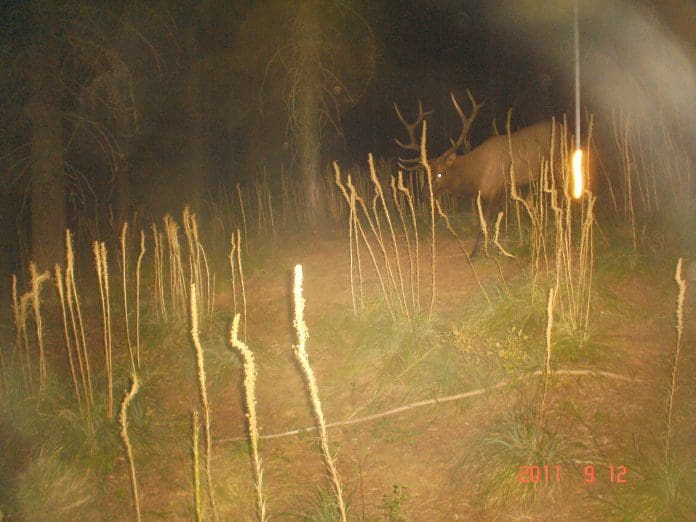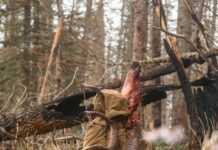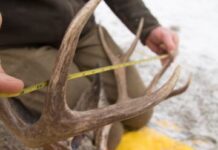Public Land Elk Hang-ups
by Elknut
Hunting bull elk on public land is no easy task to say the least. Here are a few thoughts on hunting them effectively:
With more and more hunters out there wanting to hunt these great animals it’s no wonder they get educated. It is up to us as hunters to understand what makes elk tick. We need to know when to stalk and ambush elk without calling. We need to know when to call and what sounds are best depending on the encounter at hand. We need to know what wallows are best to hunt considering time of month and day. We need to establish the difference between a herd bull or satellite bull by their appearance or sound. The same techniques and calls will not work for both with any decent level of success. Herd bulls hang-up much more than satellite bulls. It isn’t wise to use intimidating sounds towards satellite bulls in most situations. However, you can and should use intimidating sounds with herd bulls when everything is right and in your favor. Peak rutting times are good for this technique, and it can be successful anytime in September for any aggressive bull. It is key to get in close with this technique. One must be very selective when calling this way to a bugling bull, as you will bump him more times than not if the situation isn‘t just right.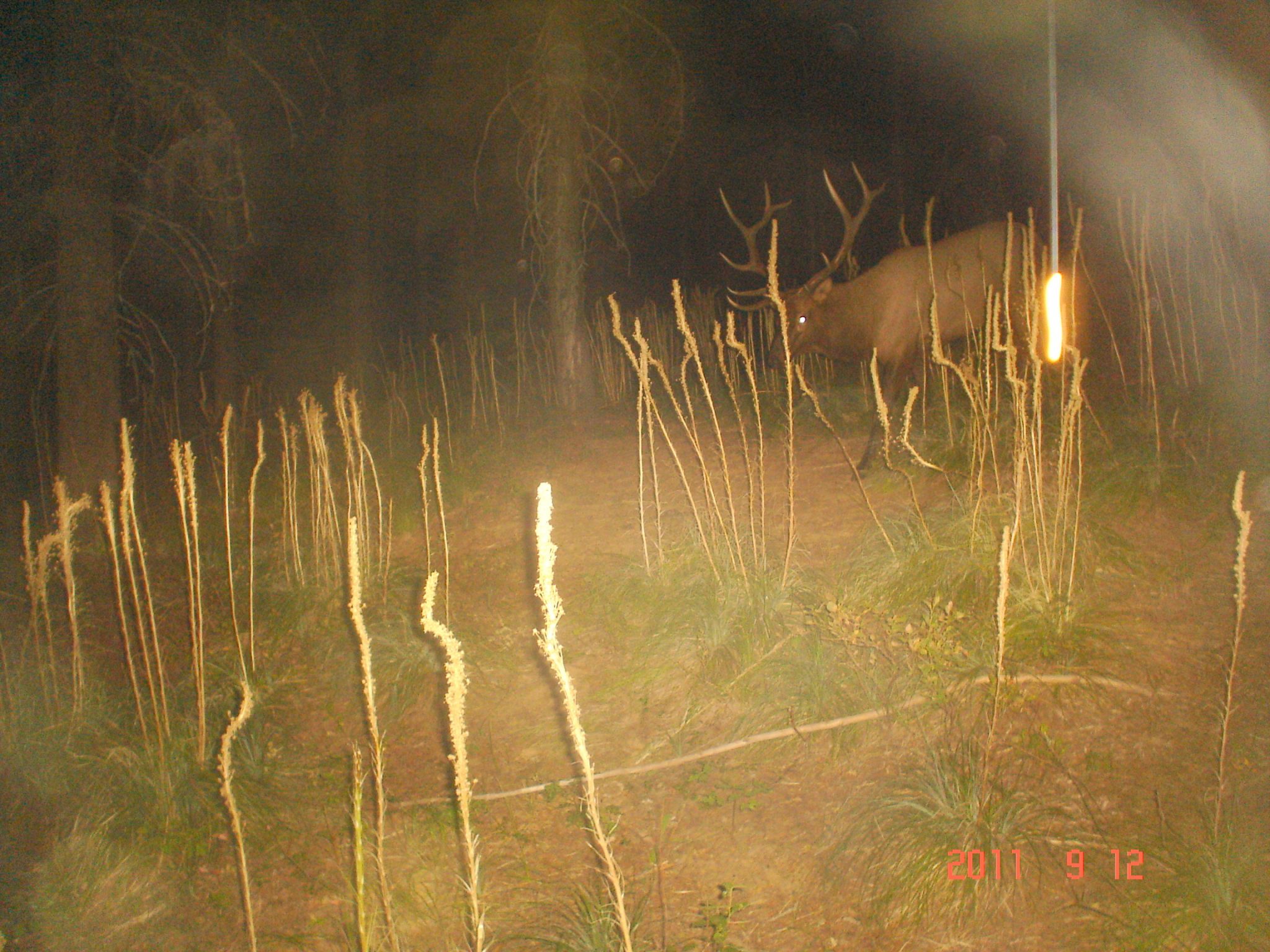
Photo by Ross Russell
Understanding these things is important, as you may only have a few close encounters each year. Knowing what to do in each situation, and handling them accordingly is crucial to one’s consistent success. You have to be on your “A game” to take advantage of each and every opportunity. If you aren‘t, the elk will win the match every time. By educating ourselves and not the elk we can stack the odds in our favor. It is a continual learning process in a school where nobody graduates!
Hunting high hunting pressure country many times results in hang-ups. Hang-ups are situations where the bull won’t close the last distance for the shot opportunity. Not all hang-ups are created equal though. No single tactic can apply to any and all types of hang-ups. Different hang-ups require different strategies depending on the type of bull you’re dealing with. Take the hang-up situation where you were cow calling, the bull came your way, but then stopped at 75 yards. The bull most likely got to a spot where he felt he should see this cow he heard. When this happens it indicates you need a better setup with concealment. Most hang-ups are the result of cow calling. It is common for a bull to get to certain spot and try calling this cow (you) to him with a short bugle scream, chuckles, or nervous grunt. If she didn’t show in a reasonable amount of time (a few minutes) he will generally start moving away while still responding to your calling. In cases where there’s two hunters the caller can retreat 70-100yds from his previous position while calling lightly and snapping small branches. This can bring the bull closer and possibly by the shooter, because the bull is trying to catch up with the cow. Another option that works well when cover is available and the wind is right is to go straight at the elk fairly quickly giving light mews and chirps. He will think the cow is coming over to him as he asked!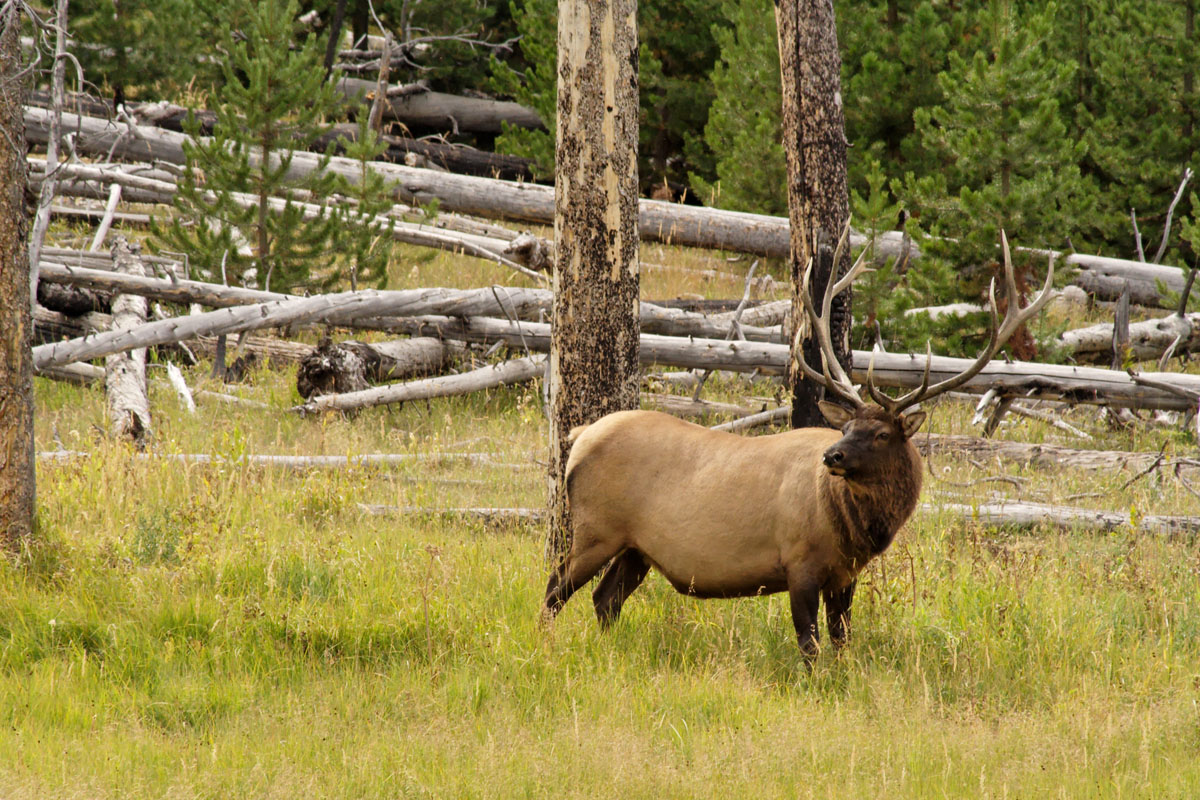
Photo by Matt Cashell
Make sure you’re not bugling your way to bulls especially smaller herd bulls. Once location is made by location bugles or cow sounds move towards them quietly but quickly. You must get under a 100yds,: the closer the better. If you can slip in to bow range without calling, go ahead. At times this will pay off and they are none the wiser you are even close by. Getting that close is not always an option because of open to semi-open terrain. When calling is the answer get aggressive with the better bulls and more subtle with the lesser ones. Closeness here is key, as you must make it convenient for them to come your way. Avoid being winded at all costs. If they can hear your approach many times a bull will give a short growl. This means he can hear something and wants to identify it; visually or vocally. It’s not always the popping /nervous grunt sound in this situation. If this happens give soft cow calls and go right at him keeping cover between you and him as you do your best to get into bow range.
Yes, elk get educated but it can be overcome. Overcalling is not the way! Creating excitement when close can pull the smaller bulls your way, you must be totally alert as they can come from any direction silent as a ghost.
Calling a bull away from his cows is high on our list of challenges, but it isn‘t going to happen from 200 yards out or more. Sure you could get lucky and have a bull come storming your way but the odds are not good when the caller is too far from the bull and his cows. Now, if the caller was 15-20 yards behind the shooter who was only 50-85 yards from the herd, then man you got something you can sink your teeth into! You now can get the bull to react or commit to the situation. You are now a close THREAT to his harem! Cow calling can be effective at times, but one must weigh the odds per encounter and use what sounds can up the odds best for that individual situation.
When in close to a herd and the herd bull is the target, bugles or bugles with excited cow sounds is the preferred tactic. You want to take the undesirables (cows and spikes) out of the equation. Timing bugles will do just that, and you will get the bulls attention, and only his attention. That is what you’re looking for.
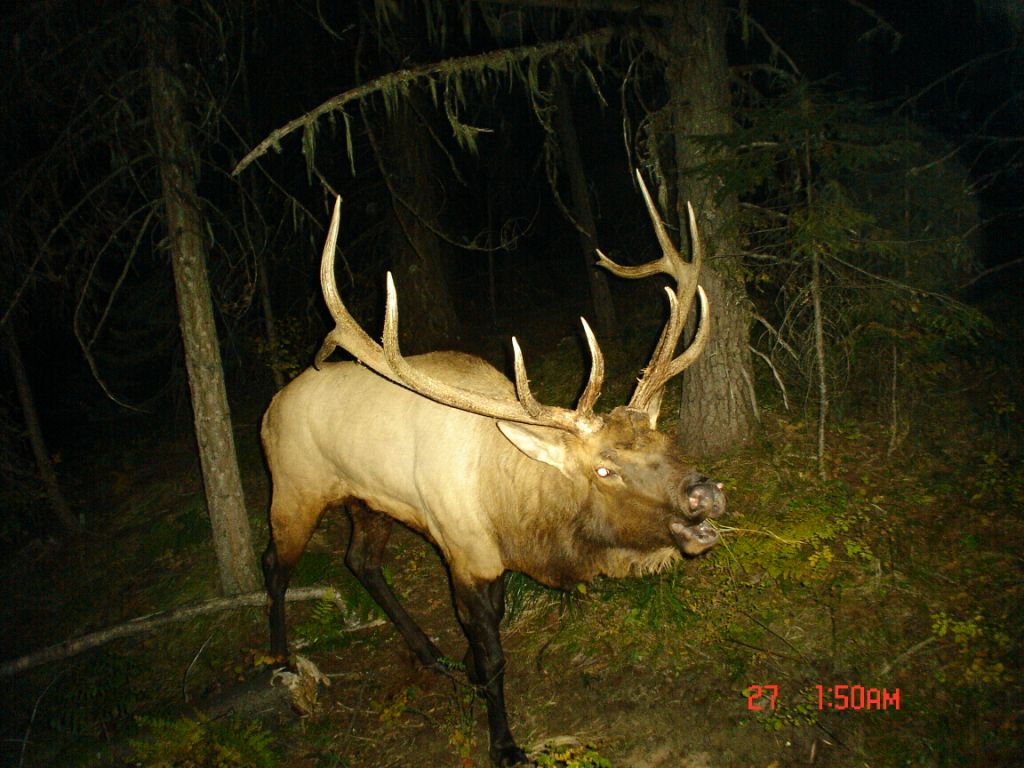 Unfortunately, in most close encounter cases, hunters fear they will blow every elk out of the country so they stick with safe cow calling. My experience with such situations has proven that conservative cow calling generally results in hang-ups.
Unfortunately, in most close encounter cases, hunters fear they will blow every elk out of the country so they stick with safe cow calling. My experience with such situations has proven that conservative cow calling generally results in hang-ups.
If cow sounds are necessary and the herd bull bugles and chuckles you to “get over there” then do it! At times you can cow call once in that 50-100 yards range. Then when the bull bugles back for you to get over there you can scream your own challenge-type bugle for that cow to come back to you. This can incite the real bull to come over to hook this cow up and possibly run off the intruder bull.
Educated public land elk offer some real challenges, including hang-ups, but hunters that recognize the situation and respond appropriately can be successful.
ElkNut/Paul














